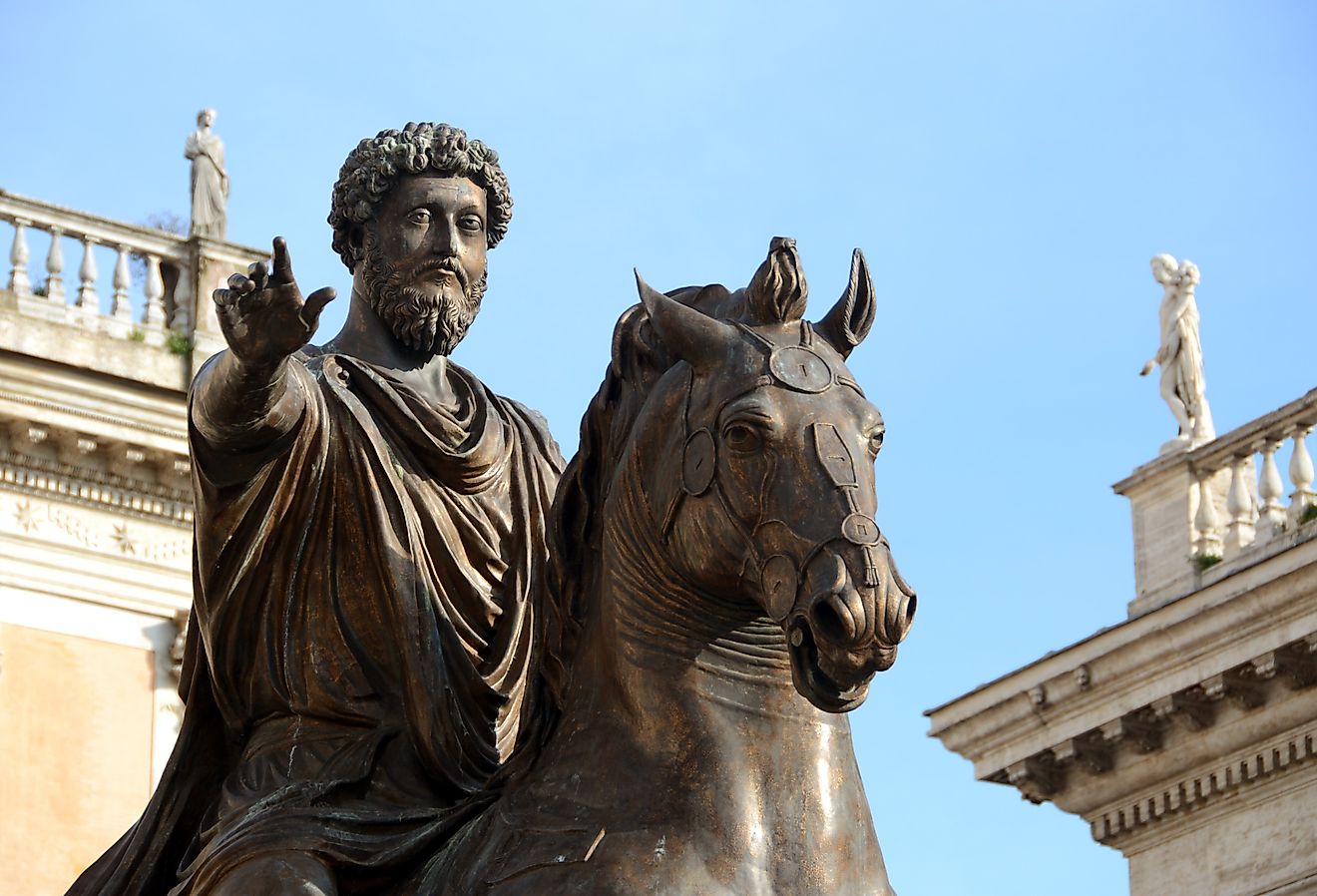Middle East Countries By Population

Middle East is a term used to represent the western Asian countries alongside Egypt. Middle East comprises of 17 countries with a population of 371 million. The climate of this region is mostly hot and arid. The countries in the Middle East have huge reserves of crude oil, which have highly nourished the economy of these countries. Islam and Christianity are the major religions in Middle East. The region has constantly remained in disturbance due to terrorism and civil war. Nearly 60 languages are spoken in Middle East and their culture has been associated with ancient history.
Brief Analysis of the Three Most Populous Countries in the Middle East
Egypt, Turkey, and Iran are the three most populous countries in the Middle East.
Egypt
Egypt has a population of 100,388,070, which is the highest in the Middle East. Egypt is a transcontinental country whose lands are shared with both Africa and Asia. Egypt has a total area of 1,001,450 km2. The climate here is arid and has desserts. The economy of Egypt mainly depends on agriculture, media, tourism, petroleum and gas. The rest of economy comes from the investment made by the Egyptians who are working in other countries and some big investment companies. The country is famous for its cultural heritage, including its ancient pyramids and art.
Turkey
The second largest country by population is Turkey. It has a population of 83,429,620, which predominately lives in urban areas. The country has the 17th largest economy in the world. In the year 2012, Turkey has a FDI of $8.3 billion. Turkey has remained an ace in exports mainly in automotive vehicles. Apart from this, its economy depends on banking, construction, home appliance manufacturing, oil processing, and food processing and machine industry. Turkey has a rich and diverse culture. It is famous for arts and architecture, which have been famous dating back to its ancient heritage.
Iran
The third most populous country in Middle East is Iran. It has a population of 82,913,910, which mostly compromises of Shia Islam. The country has a huge deposit of crude oil, which is the major reason for Iran’s healthy economics. Majority of Iran’s economy comes from oil reservoirs and natural gas supply. Agriculture and private trading services are the other sources of economy. Iran has a very traditional, ancient and huge cultural background. The reason why it has UNESCO’s 19 heritage sites.
Current And Future Trends In The Middle East
Except few countries, the situation of Middle East is alarming. Several of these Islamic countries have indulged in civil war due to many reasons. The extremism and wahabism in these Islamic countries have forced the religious minorities to migrate from these countries to other safer ones. The extremism and conservative atmosphere has reduced the art and scientific research in these countries. This has caused lack of employment, illiteracy and terrorism. Millions of people have migrated to save their lives. It is necessary for the developed nations in this region to work in a synchronizing way to make a peaceful Middle East.
The Ten Most Populated Countries In The Middle East
| Rank | Country | Population |
|---|---|---|
| 1 | Egypt | 100,388,070 |
| 2 | Turkey | 83,429,620 |
| 3 | Iran | 82,913,910 |
| 4 | Iraq | 39,309,780 |
| 5 | Saudi Arabia | 34,268,530 |
| 6 | Yemen | 29,161,920 |
| 7 | Syria | 17,070,130 |
| 8 | Jordan | 10,101,690 |
| 9 | United Arab Emirates | 9,770,530 |
| 10 | Israel | 9,053,300 |
| 11 | Lebanon | 6,855,710 |
| 12 | Oman | 4,974,990 |
| 13 | Palestine | 4,685,310 |
| 14 | Kuwait | 4,207,080 |
| 15 | Qatar | 2,832,070 |
| 16 | Bahrain | 1,641,170 |
| 17 | Cyprus | 1,198,580 |











